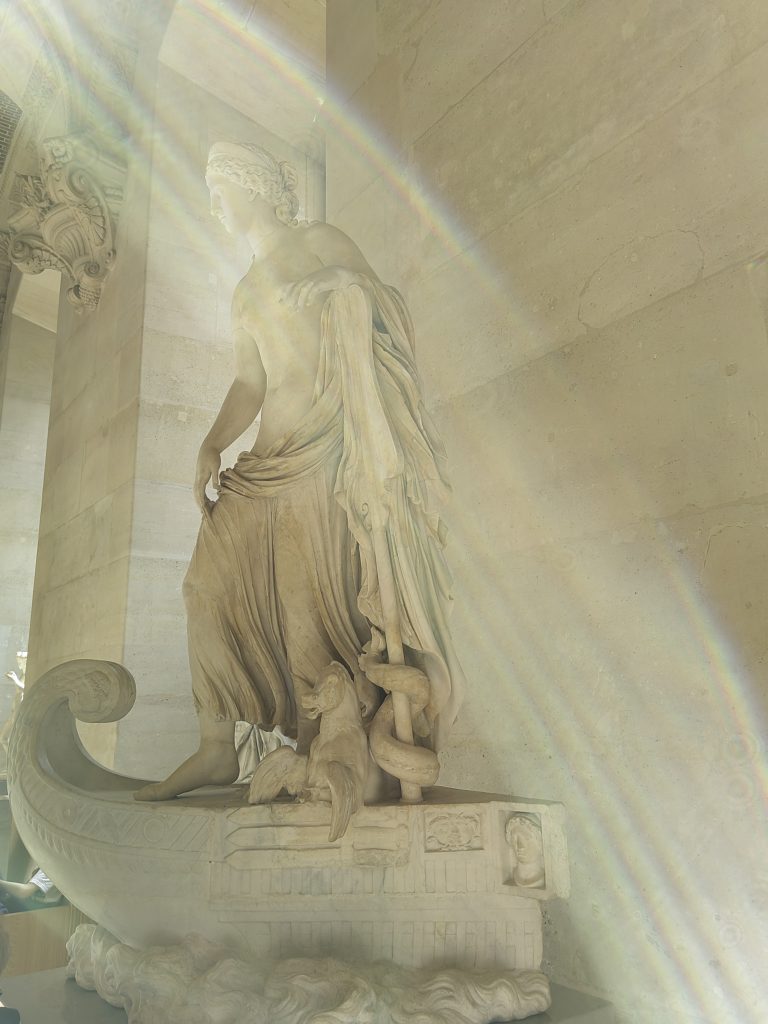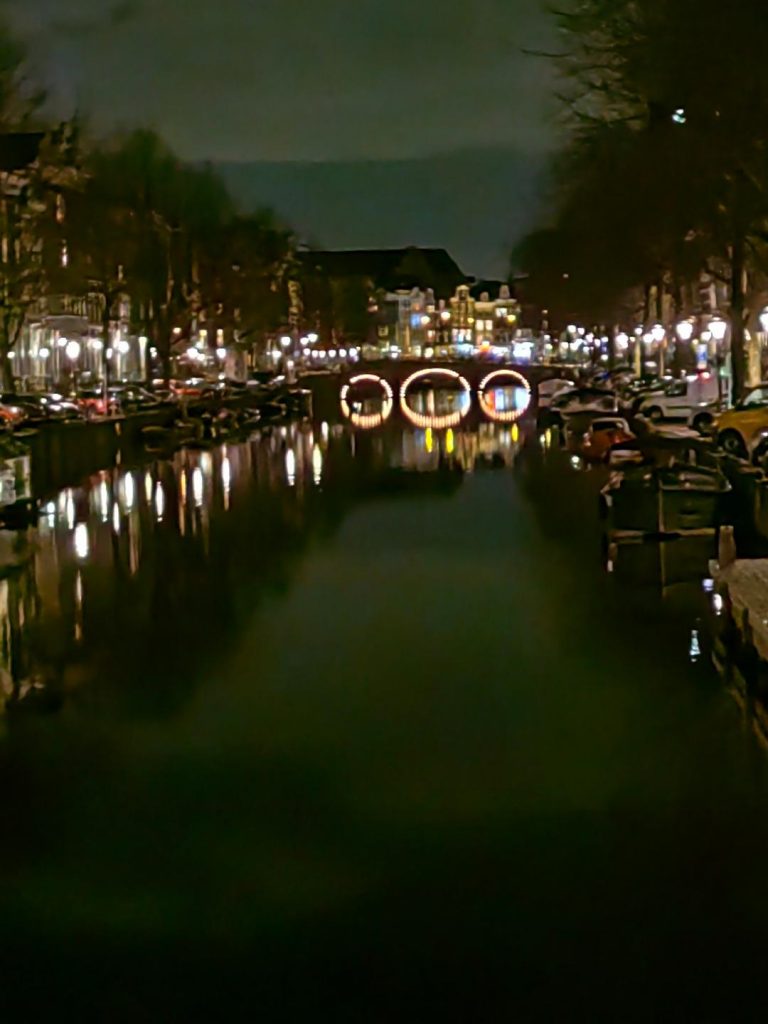1. Narrative text
Narrative is a text that successfully connects characters, different events and stories. It can be based on real events or fictional. Through this text, the events run like a thread, they are chronologically positioned and dynamic. Often the action is set in the past and the dialogues in the present time.
2. Literary texts
Literary texts belong to artistic written works. They are rich in narration, metaphor, expressive elements and feelings. Some examples of literary texts are essays and short stories.
3. Journalistic texts
We will find these texts in newspapers, magazines, but also on electronic portals. They are mostly informative and neutral, although they often contain the personal stamp of the author or his opinion.
4. Scientific texts
These texts are purposefully written and can be found in faculty textbooks, scientific studies and analyses, scientific and research papers, etc. They use scientific terminology, technical data, statistical and other analyses. The emphasis is on information and definitions; they contain references, refer to sources and have a strict structure characteristic of the academic community.
5. Descriptive texts
These texts describe things, objects, situations, people, animals, other texts, but also emotions. There are two types of descriptive texts: literary and technical.
6. Argumentative texts
This type of text advocates a specific thesis, for or against, introducing the reader to an argumentative discussion through the presentation of certain facts, representation of theses, placing the reader in context, presenting the advantages and disadvantages of certain phenomena. At the end of the text, we often find references through which the author refers to certain authorities / experts in a given field, statistical data or the frequency of certain phenomena – all with the aim of persuading and/or proving the validity of the claim.
7. Manuals
Manuals give us instructions – how to do something / how to perfect certain skills. They can be of a purely technical nature, but also intangible – those related to self-help courses and spiritual development. The latter should be instructive (although in practice they often are not). They are structured to guide the reader, step by step, towards achieving the goal. For both technical and motivational manuals, we can say that they are ‚‚inspirational‚‚ because they lead the reader to take some action.
8. Anthropological texts
Directed to the human race, we find them in philosophical and sociological scripts and writings. Here we do not find a formal structure as in scientific texts. They also deal with human relationships, emotions and human nature.

9. Expository texts
As the word says, these texts present facts, figures, events, not including the author’s opinion. We often find them on information portals but also in some textbooks. Most often they contain ‚‚dry‚‚ transfer of facts from one source to another or shorter definitions / explanations. They differ from journalistic ones in that they are essentially not author’s, but the emphasis is on ‚‚transmission of information‚‚ in the most original form possible. They can contain a short introduction / explanation and a conclusion that contains the most important elements related to the topic. They aim to inform.
10. Legal texts
We find them in the sphere of justice, the language of address is official, the terminology legal, expressions from Latin and ancient Greek are often used, they are formal, short, contain pleonasms (for a clearer presentation and to avoid ambiguous interpretation). The content is structured logically – often chronologically, they are not ‚‚literally beautiful‚‚, they are full of laws, articles, paragraphs and other ‚‚legal tools‚‚ written by lawyers for lawyers.
11. Administrative texts
They are similar to legal texts, differ in structure and are intended for administrative officers and citizens who use them. They are often given in the form of a table in which personal data is then filled. We find them in municipalities and public services: certificates, extracts from the register, forms, requests, petitions, etc.
12. Advertising texts
These texts invite the reader to purchase a specific product or service. They are usually short, contain slogans or purposefully try to amuse / laugh at the customer, thus causing him pleasant feelings that he will then (consciously or unconsciously) associate with a certain product (and thus want to buy that product). These texts are written by copywriters and people who deal with sales / marketing, although some famous people are also involved in the marketing waters, thus connecting their name with a certain product – giving a personal stamp and quality guarantee.

13. Copywriting
A copywriter writes texts that promote a specific service, product or idea. These texts also call for action, but they differ from advertising texts in terms of length and content. They can contain advertising slogans, but they can also be descriptive and much longer than advertising slogans. In most cases, the author is given a certain topic, however, he has the freedom relevant to the content and emotional charge / amount of emotions / descriptive elements of the text. It is written on purpose, the number of words is limited, there are deadlines for handover and the author often works under time pressure. Copywriting is done for the internet, newspapers and magazines.
14. Ghostwriting
Ghostwriting means writing texts for the account of someone else (person or company). And these texts are written on purpose and to order. The author assigns all rights to the client, does not sign his texts and keeps this agreement confidential.
15. SEO writing
SEO writing means that the author of the text uses certain ‚‚popular‚‚ words – words ‚‚requested‚‚ in a certain branch so that his text is as visible as possible and in the best possible place in the internet search engine. And these texts are written on purpose, to order and usually must contain a certain number of ‚‚keywords‚‚. The nominative is often used (because of the search engine) and any step towards the literary and creative is considered undesirable, as well as the use of case, description, Cyrillic and everything else that reduces the likelihood that the text will be highly ranked on the search engine. They sound austere and mechanical, they lack harmony, everything is subordinated to the key words that the author ‚‚must‚‚ insert into the text – whether they fit into the context or not, whether the text sounded harmonious or not, whether it was compact, aesthetically and literary beautifully worded or not. In this case, the author does not have much freedom to ‚‚write from the soul‚‚ but is forced to follow trends and ‚‚raise‚‚ the visibility of the text. At first glance, these kinds of texts attract readers (because the Internet search engine throws them out among the first), however, in the long run, they represent a real disappointment and a waste of time for all of us who are lovers of reading and are looking for that honest, artistic thread in reading that is not succumbed to commercial compromises.
16. Digital texts
A large number of authors use artificial intelligence services. The texts resemble each other, only the order of the words in the sentence is changed with the use of synonyms; the meaning is nebulous, often ambiguous and subject to interpretation. The exposition on a certain topic is general and it is often noticeable that the text was not made by human hands. In addition, this type of texts is gaining popularity because artificial intelligence is able to generate large amounts of text in a very short period of time, to format and publish them, thus gaining time and the amount of content that is offered. Needless to say, these texts were not written ‚‚from the soul‚‚ either.
17. Columns and feuilletons
Mostly short, serialized texts, they represent a permanent section in the newspaper and contain artistic and literary representations, short descriptions of events / phenomena, trends / current events. They can also be thematic, such as recipes, travelogues, articles about fashion or historical events.

18. Therapeutic writing
Recently, it has been gaining momentum so that writing therapy is slowly entering our lives. Psychologists call this phenomenon expression – which means expressing your emotions, putting them on paper and seeing them in black and white. They have a similar effect to catharsis (purification of the soul) – where the author often (at the end of the process) burns the paper on which he wrote down unpleasant events. In this way, he gets rid of the mental burden.
19. Notes
Notes as a type of text can be our own, but we also find them in collections where the exposition is concise, the events are given in outline, by name and without much description. They are often chronologically structured and although short, they can give a broader picture.
20. Creative writing
The texts, modernly called ‚‚creative writing‚‚ are those texts in which the author expresses his feelings, his opinion or attitudes. It doesn’t compromise or use keywords. To write something beautiful, to spend time doing something creative – is a goal in itself. These texts are mostly short, they are not necessarily literary, they are also written by amateurs – simply because they like it; writing for the sake of writing.





